The 1920s were a new era that symbolized new beginnings and high hopes for lots of people. The roaring '20s was an exciting time for so many people. From the roaring '20s, we got some really great music, literature, and of course, the legendary art deco style.
Contents
A new era meant new hopes and ventures for everyone, especially in the art world. A new era meant new hopes and ventures for everyone, especially in the art world. The art deco style captures many of those high hopes in the way things are designed and put together. Everything from the material to the intricate line work symbolized speed, new things, and modernity.
It was and is a popular style for interior design, fashion, furniture, and architecture. Many people enjoy clean lines, bold colors, and geometric patterns. Art Deco items can be found in various locations, including museums and design stores.
What are the characteristics of art deco style, and what characteristics made it so legendary to us today? The art deco style continues to wow us and remains to fill living rooms, galleries, clothes, and so much more. In this article, we will cover the ten characteristics of the art deco style that have marked it timeless.
A Very Brief History
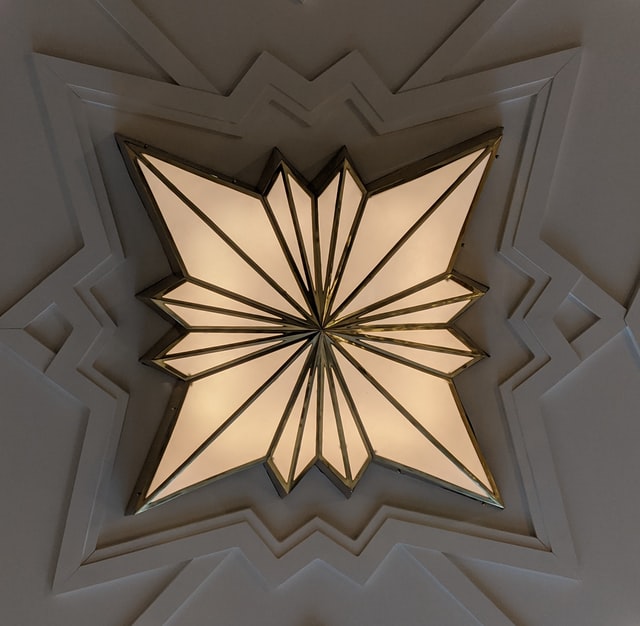
Its simplicity and modernity define this design style, known as art deco. It’s an art form pioneered by designers like Paul Poiret, who believed that fashion should extend one’s personality. He thought clothes were works of art.
Another name also knew Art Deco, Art Moderne, which essentially meant modern art. It was popularized in the early 1920s and stretched straight into the 1930s. Art Deco changed, transformed, and grew into an even bigger movement that meant so much more for that time than we could ever know.
Many things can characterize it, but before we get into our ten most legendary characteristics, we can briefly say it was immediately recognized and known for its geometric shapes, such as triangles, diamonds, and chevrons, and it’s usually black and white.
However, blues and yellows were also common ones to be used. Even golds and browns were used, which is what we might see in many old buildings that still carry the art deco style from the times they were built.
It is also known for its linear design. It’s very geometric and symmetrical, as evidenced by its use of chevrons and triangles. These elements were meant to convey a sense of power and movement. This only grew more noticeable as the decade went on.
This art style was actually more of an art movement that combined modern technologies and materials with more classical elements. This kept in consistent step with an old era becoming a new era, and what that meant for the people living in that time.
Its simplicity often defines Art Deco design and its modernity, as well as its variety and dynamic output. It’s an art form pioneered by designers like Paul Poiret, who believed that fashion should be an extension of one’s personality. He believed that clothes were works of art.
Another well known art deco artist is actually a Spanish architect who created many works of art in Spain. He is known as Gaudi and has built buildings such as Segrada de Familia in Barcelona.
Now that we have covered the brief history of Art Deco let’s get into the very characteristics that made it legendary. Everything from color, line design, and even geometric pattern. Here is the list of ten characteristics of the art deco style that has made it memorable and timeless.
Here Are The 10 Characteristics of Deco Art That Make It Legendary

1. The Simple Materials
The materials typically used in the art deco style were stone, glass, concrete, aluminum and even stucco. These materials were often blended, creating a sort of multimedia piece that made the style what it was. These materials once finished were often very smooth, giving off a very smooth and sleek look.
2. Machinery

As we have already stated, the art deco style represented so many things. One of those being the height of technology. Machinery was an exciting part of the 1920's, and the art deco style not only adopted the excitement about new machinery, but also symbolized it through many patterns and colors.
3. Geometric Patterns

The patterns that define the art deco style are all geometric shapes, lines, zigzags and more. These patterns cover every art deco piece, whether it be a dress or a building. The shapes are often simple and clean but put together in a very detailed manner. The lines, zigzags, and geometric shapes often showed off loud and proud in conjunction with modernity.
4. Symmetrical Design
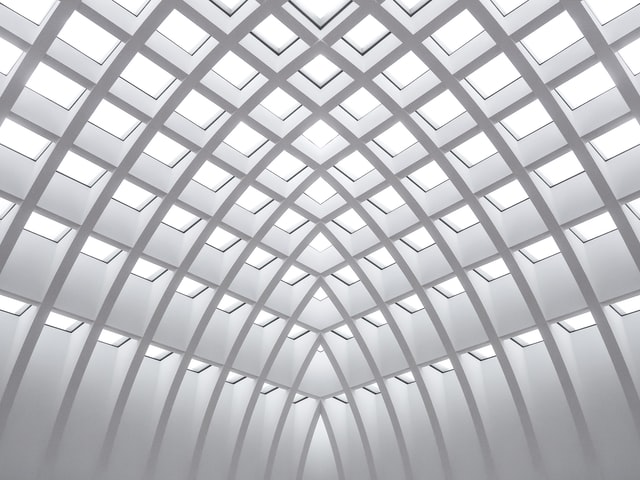
Every art deco design was neatly put together in a symmetrical fashion. Nothing out of order and nothing that seemed chaotic or out of place. It all flowed together, each shape and line was put in a symmetrical fashion. Again, representing the machine age it came out of. The way machines worked meant things would go smoothly.
5. Movement and Speed
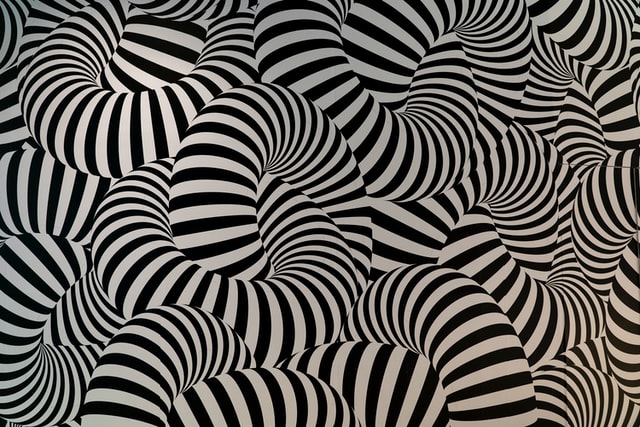
One very small characteristic that may be missed by most are the curves in the art deco style. These curves are meant to symbolize movement and speed, and you may have guessed that this is also to represent machinery and the new era. With the new era so many new things popped up and the fast paced life in big cities like New York were a reflection of that.
6. Dynamic Composition
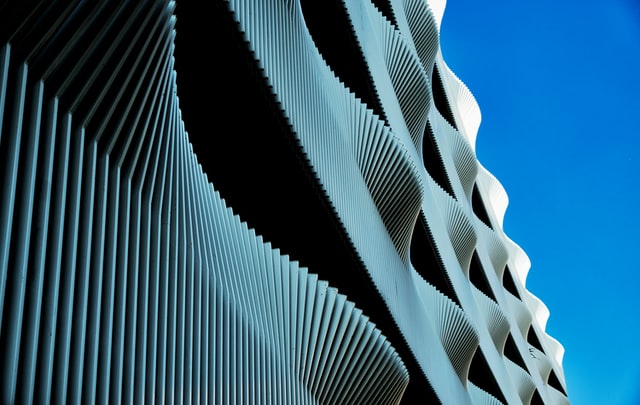
We talked about symmetrical design work, but one of the unique characteristics of art deco is the dynamic way in which these symmetrical designs were put together. There was consistency to the art deco style, and that consistency was a dynamic way of which it was all put together. The dynamic composition that marks art deco grew even more dynamic as time went on.
7. Intricate Ornamentation
In the later years of the art deco style, the geometric shapes became more intricate. Often the designs would be bolder and more streamlined, later known as the Streamline Moderne. These are the designs that often look like chandeliers or other light fixtures. You would often even find this intricate and complex ornamentation in fancy restaurants and the interiors of hotels and theaters.
8. Simplicity

We have talked a lot about the intricacy of design, lines, and patterns, but in reality the art deco style has one of the most unique characteristics whilst being intricate. The simplicity of it all. Yes, there are intricate and meticulous designs with the patterns, but the simplicity is evident when you look at it. The new era was meant to be promising and full of hope, so it made sense to keep the style simple and clean.
9. The Sun

Many of the lines and patterns you might see in art deco will represent the sun. Sunbursts were common in the art style and still are today. This symbolized the coming of the new era and all the excitement that came with it. The sun rose, which brought a new day, and many art deco designs and patterns reflected that idea.
10. Vibrant and Loud
One of the characteristics of the roaring ‘20’s was vibrant and loud so it only made sense for the art style to reflect that. Some may see the art deco style on a wall behind a jazz band filling a club with beats for swing dancers to fill the dance floor. The music and vibrancy on the wall behind them was what art deco was about. Blues, yellows, sometimes gold, browns, greens etc. These colors were meant to pop in the same way that the new times rolled in.
Conclusion

A new era came with new art, music and architecture. It came with a new way of thinking and hoping. The many art deco style characteristics that symbolized a new beginning for so many people back then still remain to this day.
Art Deco has been a trend in the design world for a while, but it is still popular. If you want to add some art deco style elements to your home, but don’t know where to start, we have created this list to help you out. We hope these tips will inspire you!
Knowing the characteristics of the art deco style has changed the perspective of many artists all over the world and inspired many more. We see it in buildings all over Spain, France, Russia, and Belgium (just to name a few). We also see it in museums and galleries, like time capsules that remind us of a generation that hoped and so reflected it in their art.



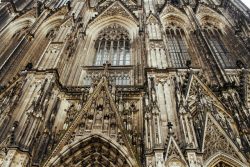
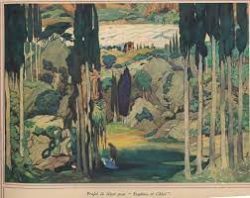
Leave a Reply
You must be logged in to post a comment.